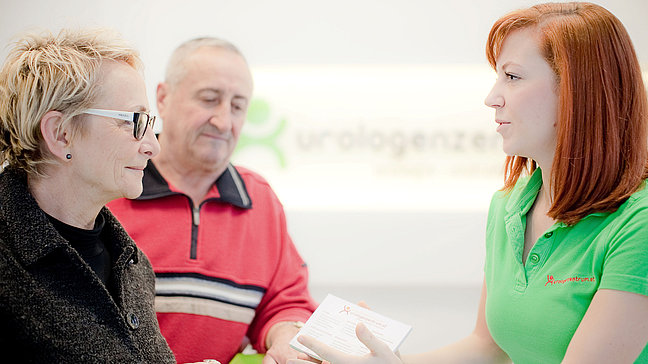
Vaginismus
Causes of vaginismus
Vaginismus can have both organic and psychological causes. Organic causes can be infections or injuries in the vaginal area. Psychological causes include negative sexual experiences, fear of pain, trauma such as rape or an anti-sexual upbringing. Vaginismus is divided into two types:
- Primary vaginismus: occurs when a woman has never been able to insert anything into the vagina without pain, often recognized during puberty.
- Secondary vaginismus: Develops after a specific event, such as a traumatic experience, birth trauma or rough gynecological examinations.
Symptoms of vaginismus
- Pain: Stinging or burning pain when trying to insert something into the vagina.
- Muscle cramps: Involuntary cramping of the vaginal muscles.
- Fear: Fear of vaginal penetration or gynecological examinations.
- Difficulties during intercourse: Impossibility or extreme pain during intercourse.
Diagnosis of vaginismus
Diagnosis is based on a comprehensive medical history and a physical examination by a gynecologist or sex therapist. It is important to rule out organic causes and assess the extent of the muscle cramping.
Treatment options for vaginismus
Pelvic floor training: Targeted exercises can improve control of the pelvic floor muscles. This method requires regular exercise and can help to alleviate symptoms.
Drug therapy: In some cases, muscle relaxants or anesthetic creams may be prescribed. These medications are applied topically and can reduce the pain.
Sex therapy: Talk therapy or couples therapy can help to overcome psychological barriers and fears. The therapy is long-term and can be carried out in combination with other treatments.
Physiotherapy: Specialized physiotherapists can use techniques to relax the pelvic floor muscles. This treatment requires regular sessions and can improve muscle control.
Preventive measures for vaginismus
There are no specific preventative measures for vaginismus. An open and positive attitude towards sexuality and avoiding traumatic experiences can help. Early diagnosis and treatment are crucial to improve quality of life and reduce pain. Regular consultations with a gynecologist or sex therapist are also recommended.
Frequently asked patient questions about vaginismus
Vaginismus is a relatively common sexual dysfunction in women. It is estimated that around 1% to 7% of women are affected, although the number of unreported cases may be higher due to shame or ignorance.
Vaginismus can have a significant impact on intimate relationships. The pain or inability to have sexual intercourse can lead to frustration, feelings of guilt and misunderstandings between partners. Open communication and, if necessary, couples therapy are important to overcome these challenges together.
Yes, vaginismus is treatable in most cases. With a combination of pelvic floor therapy, psychological counseling and the use of vaginal dilators, many women can learn to regain control of their vaginal muscles and experience pain-free intercourse.
The duration of treatment varies depending on the severity and individual circumstances. Some women experience progress within a few weeks, while for others it can take several months. An individually tailored treatment plan and patience during the treatment process are important.
In most cases, vaginismus does not disappear without targeted therapy. Without treatment, the symptoms may persist or even worsen. It is therefore important to seek professional help in order to learn effective coping strategies.
![[Translate to English:]](/fileadmin/_processed_/1/d/csm_UZ-Logo-2024-breit-aK-1500px-white-red_4b49b8d28c.png)


